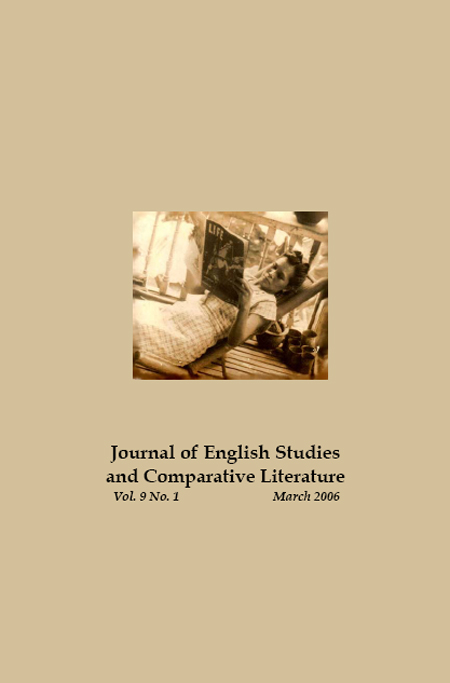“Without Contraries is no progression:” Reading the Prose Poem
Abstract
ExcerptA poem often announces its presence on a page by virtue of its appearance. Without reading a word, a reader may immediately conclude that a text is a poem because it is written in verse, a feature typically perceived as inherent in the genre of poetry. Unlike prose, which appears as blocks of text in the space between the margins of a page, poetry, through versification, travels down the page in a more deliberate manner—assuming the figure of a slender or stocky column, cascading conscientiously in couplets or quatrains, submitting consistently to rule of the left-hand margin, or spreading out unevenly in a sea of white space. The unit of composition in poetry written in verse is the line, and a crucial difference between what Stephen Dobyns identifies as “two systems of poetry,” metered and free verse, lies in the confirmation (in the case of the former) or frustration (in the case of the latter) of the reader’s expectations regarding patterns in a poem (53). Denise Levertov describes the line-break as “a form of punctuation additional to the punctuation that forms part of the logic of completed thoughts. Line-breaks—together with intelligent use of indentation and other devices of scoring—represent a peculiarly poetic, a-logical, parallel (not competitive) punctuation.” These poets underscore the line as a device that illuminates a poem's prosody, generates pauses to heighten the significance of particular words and moments in a poem, converts the silence of white space into an active participant in a poem’s tension, and manages the pace in which a poem unfolds.
Published
2007-10-02
How to Cite
CRUZ, Conchitina.
“Without Contraries is no progression:” Reading the Prose Poem.
Journal of English Studies and Comparative Literature, [S.l.], v. 9, n. 1, oct. 2007.
ISSN 0119-1721. Available at: <https://journals.upd.edu.ph/index.php/jescl/article/view/291>. Date accessed: 02 sep. 2025.
Issue
Section
Articles


